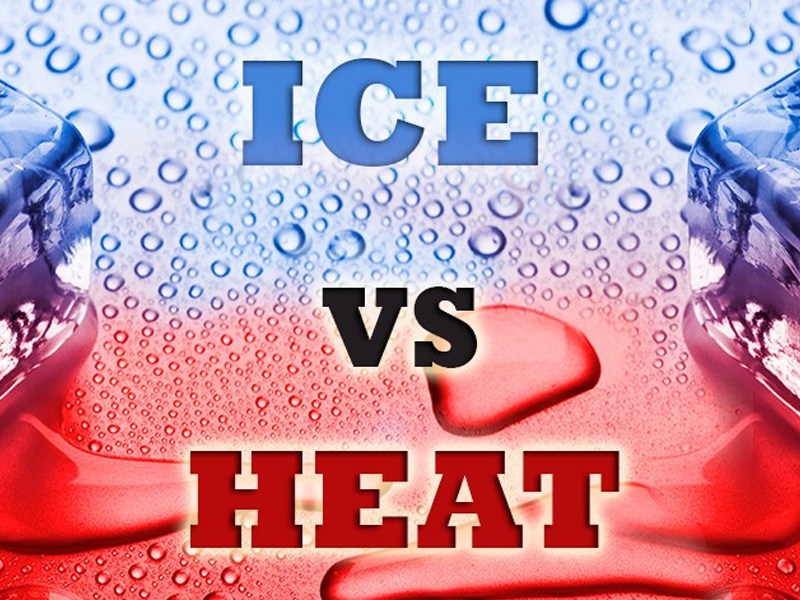Ever wonder why your Physio recommends ice or heat for an injury? Or are you confused when treating yourself at home which one you should be using? This post is designed to provide you with the education to decide which temperature is right for you.
Let’s get a few things sorted about inflammation; inflammation is a GOOD thing! It’s the process by which we heal our bodies and keep moving. After any injury where tissue damage occurs our inflammatory response follows 3 predictable, overlapping stages from the moment an injury happens and up to 2 months later: Inflammation, proliferation and repair, and remodelling.
In the first stage, our body is mobilizing all sorts of enzymes, proteins, and inflammatory mediators to deal with the immediate response to an injury. These cause surrounding blood vessels to release swelling at the injury site. This is called vasodilation and will be a big part deciding between heat and ice. These mediators also “turn up the volume” to our brains so that a stimulus of a certain threshold in the area is felt as pain in an effort to protect the damaged structure. The trouble with this process is sometimes our bodies tend to over react, making our joints balloon up and cause so much pain that it effects the way we move. This is where Ice works best!
The first 1-3 days after an injury where swelling is active and any regular movement is causing us pain. Ice causes vasoconstriction to limit overactive swelling, and it also “turns down the volume” from our nerves through its numbing effects, that way we can decrease pain and start to reintroduce the injured joint or structure to normal movement.
In the later stages of inflammation (1-3 weeks), after the initial rush of swelling has settled down and the inflammatory mediators that caused vasodilation are taken back up by the blood in the surrounding area, this is when we need heat! At this time the swelling has started to become stagnant and almost sludge like. Heat helps here by vasodilating the surrounding blood vessels which stimulates blood flow to pick up that pesky pooled swelling, restoring joint mobility and allowing the stiffened tissues to become more malleable and easier to move.
Research has not been able to show that heat or ice will physically heal the tissues that it is applied to, but these two thermal modalities play a huge role in our ability to participate in early mobilization: functional use of the damaged tissue that has been proven time and again to benefit healing soft tissue. And this is the most important piece of information you can take away from this post!!! Ultimately the most important part of your rehabilitation is to return to pain free and safe movement sooner! So once you are past the initial phase of inflammation where cold is by far more beneficial, you can use whatever temperature that will help you get moving.
Cody Miller
Registered Physiotherapist

